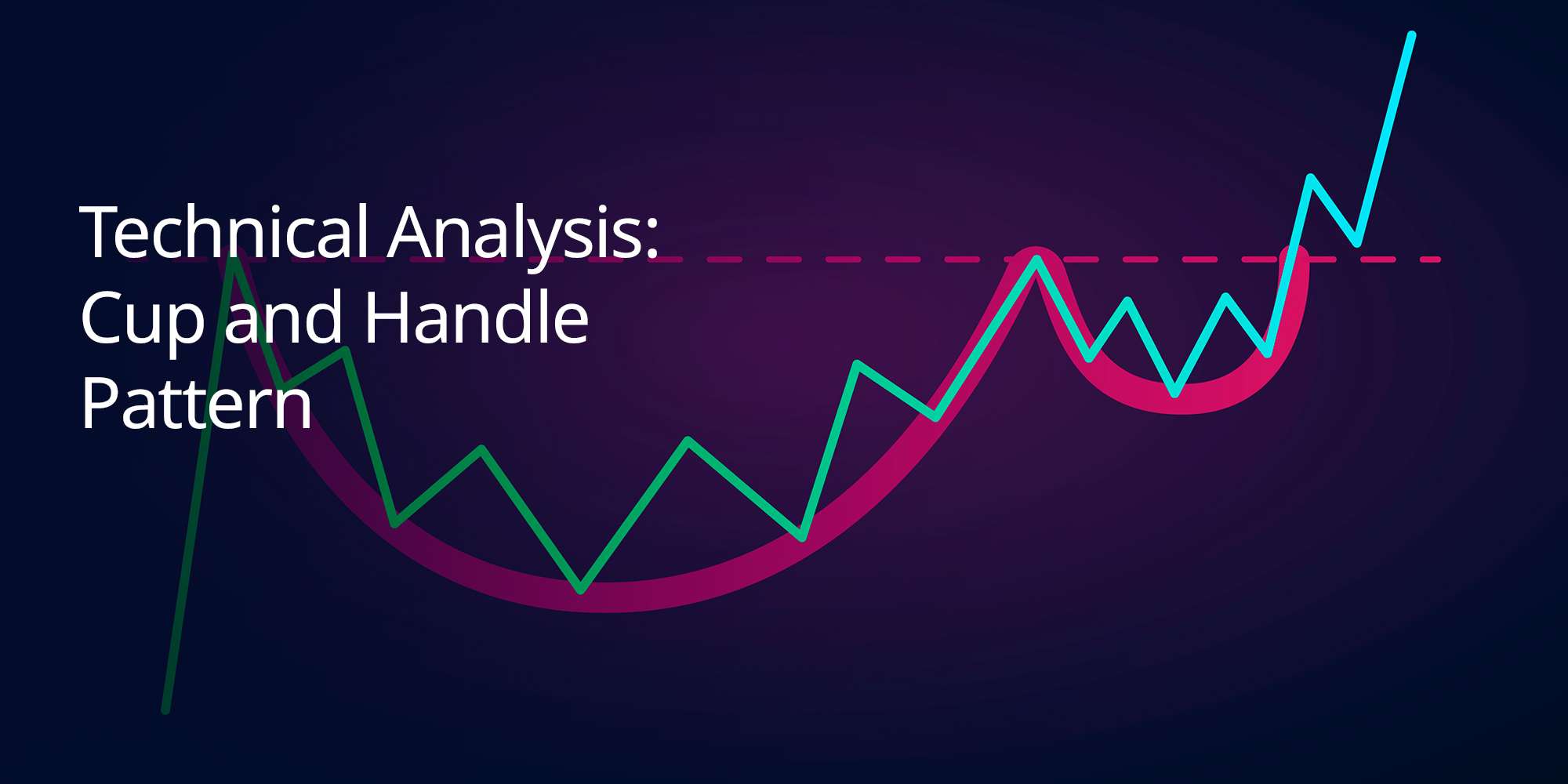Introduction
The Price-to-Earnings (P/E) ratio is a core valuation tool that helps investors assess whether a stock is fairly priced relative to its earnings. This simple yet powerful metric compares a company’s stock price to its earnings per share (EPS), offering insights into its market valuation and potential for growth.
This comprehensive guide from TradeSmart explores the P/E ratio in detail. We’ll cover:
- What the P/E ratio is and how it’s calculated
- How to interpret the P/E ratio for stock valuation
- The different types of P/E ratios and their use cases
- Limitations of the P/E ratio and key considerations
By mastering the P/E ratio, you can sharpen your stock analysis and make more informed investment decisions. At TradeSmart, we provide the tools and resources to help you navigate the markets with confidence. Our advanced platforms—MetaTrader 4 (MT4) and MetaTrader 5 (MT5)—offer real-time data, advanced charting tools, and fundamental analysis features to support your trading strategy.
What is a P/E Ratio in Stocks?
The P/E ratio is a key metric that helps investors understand the value of a company’s stock. It compares the current market price of a share to the company’s earnings per share (EPS). Essentially, it tells you how much investors will pay for each dollar of a company’s earnings.
Types of P/E Ratios
- Trailing P/E: This is the most common type of P/E ratio. It uses the company’s earnings over the past 12 months to calculate the ratio.
- Forward P/E: This type of P/E ratio uses the company’s estimated future earnings to calculate the ratio. It’s often used for growth companies where investors are more focused on future potential.
How to Calculate the P/E Ratio
The Price-to-Earnings (P/E) ratio is a key valuation metric that compares a company’s stock price to its earnings per share. Here’s how to calculate it:
1. Determine the Earnings Per Share (EPS):
Earnings per share (EPS) represents a company’s net income divided by the number of outstanding shares. You can usually find this information on the company’s financial statements or through financial websites.
Formula for EPS:
EPS = Net Income / Number of Outstanding Shares
2. Find the Current Stock Price:
You can easily find the current stock price on financial websites, trading platforms, or through your brokerage account.
3. Calculate the P/E Ratio:
Divide the current stock price by the earnings per share (EPS) to get the P/E ratio.
Formula for P/E Ratio:
P/E Ratio = Current Stock Price / EPS
Example:
Let’s say a company’s stock is trading at $80 per share, and its EPS is $4.
$80 / $4 = 20
4. Interpret the P/E Ratio:
A P/E ratio of 20 means that investors are willing to pay $20 for every $1 of the company’s earnings. Generally:
- High P/E: A high P/E ratio can indicate that a stock is overvalued or that investors are expecting high growth in the future.
- Low P/E: A low P/E ratio can indicate that a stock is undervalued or that investors are not expecting much growth.
By following these steps, you gain clarity on how to calculate and interpret the P/E ratio, assisting in making informed trading decisions.
The Significance of P/E Ratio in Stock Evaluation
The Price-to-Earnings (P/E) ratio is a key tool for evaluating stocks and making informed investment decisions. It helps you understand how the market values a company relative to its earnings.
Here’s why the P/E ratio is important:
- Relative Valuation: Compare a company’s P/E ratio to its industry peers or the overall market to see if it’s overvalued or undervalued. A higher P/E ratio than its peers might suggest that the stock is expensive, while a lower P/E ratio might indicate a potential bargain.
- Growth Expectations: The P/E ratio can reflect investor expectations about a company’s future growth. A high P/E ratio often suggests that investors are optimistic about the company’s prospects, while a low P/E ratio might indicate lower growth expectations.
Important Considerations:
- Industry Context: Compare P/E ratios within the same industry, as different industries have different typical P/E ranges.
- Economic Conditions: Consider the overall economic environment when evaluating P/E ratios.
- Company Fundamentals: Always analyze the P/E ratio in conjunction with other fundamental factors, such as revenue growth, profitability, and debt levels.
Using the P/E Ratio Effectively
By understanding the significance of the P/E ratio, you can:
- Identify potential investment opportunities.
- Assess the valuation of a company.
- Make more informed trading decisions.
P/E Ratio Analysis: Real-World Examples
Let’s look at some real-world examples to understand how the P/E ratio can be used to evaluate stocks:
Example 1: Tesla (TSLA)
Tesla, a leading electric vehicle manufacturer, has a history of high P/E ratios. As of December 12, 2024, Tesla’s stock price is around $207 per share, and its trailing twelve-month earnings per share (EPS) is $3.42. This gives us a P/E ratio of approximately 60.58.
This high P/E ratio suggests that investors are willing to pay a premium for Tesla’s future growth potential. They are optimistic about the company’s prospects in the electric vehicle market and its ability to continue innovating and expanding its market share.
Example 2: Coca-Cola (KO)
Coca-Cola, a well-established beverage company, has a more moderate P/E ratio. As of December 12, 2024, Coca-Cola’s stock price is around $64 per share, and its trailing twelve-month EPS is $2.62. This gives us a P/E ratio of approximately 24.43.
This lower P/E ratio compared to Tesla suggests that investors are less willing to pay a premium for Coca-Cola’s future growth. This might be because Coca-Cola is a more mature company with a more stable, but potentially slower, growth trajectory.
Comparing P/E Ratios
It’s important to compare P/E ratios within the same industry to get a better sense of relative valuation. For example, comparing Tesla’s P/E ratio to other automakers or technology companies can provide more context for its valuation.
TradeSmart provides traders with the tools and resources they need to analyze P/E ratios and other fundamental metrics. Our advanced trading platforms, educational materials, and market insights empower investors to make informed decisions and navigate the complexities of the stock market.
Limitations of Using P/E Ratio
Using the P/E ratio presents certain limitations that investors must consider. Relying solely on this metric may not provide a complete picture of a company’s financial health or future prospects.
Earnings Manipulation: Earnings figures can be influenced by accounting practices. Companies may use creative accounting to improve earnings, leading to inflated P/E ratios.
Growth Companies: For high-growth companies, P/E ratios often appear elevated compared to established firms. This discrepancy can mislead you into thinking that the stock is overvalued when it may be justified by future growth potential.
Industry Variances: Different industries have varying capital structures and growth rates. Comparing the P/E ratios of companies across distinct sectors lacks context and can yield biased interpretations.
Market Conditions: Economic cycles affect P/E ratios. During market downturns, P/E ratios may decline, not necessarily reflecting a company’s innate value or earnings potential.
Short-Term Focus: The P/E ratio is based on earnings, which can fluctuate quarterly. Short-term fluctuations may distort the ratio, causing you to make investment decisions based on temporary conditions rather than long-term prospects.
Single Snapshot: The P/E ratio reflects a moment in time. It fails to account for future earnings growth or changes in market sentiment. Assessing it in conjunction with other metrics offers a broader perspective.
Limited Insights: The P/E ratio lacks insight into cash flow or debt levels. Evaluating a company’s overall financial health requires a thorough analysis of multiple metrics.
Ultimately, while the P/E ratio serves as a useful tool in stock evaluation, incorporating additional metrics such as price-to-book ratio, debt-to-equity ratio, and free cash flow provides a more rounded analysis, enhancing your investment strategies.
Conclusion
The P/E ratio remains one of the most widely used and insightful tools in stock valuation. While it has its limitations, understanding how to analyse and compare P/E ratios can help you assess a company’s relative value, growth potential, and position within its industry.
At TradeSmart, we empower you to use the P/E ratio effectively by offering:
Advanced trading platforms with real-time data and analysis tools
Educational resources to deepen your market knowledge
Insights for comparing P/E ratios across sectors and integrating them into your broader trading strategy
Ready to put your knowledge into practice?
- Open a TradeSmart account and start trading today.
- Explore our risk-free demo account to sharpen your skills.
- Choose from flexible live account options starting from just $50.
- Join the TradeSmart community and access a full suite of professional tools, expert insights, and 24/5 customer support.
Register now at TradeSmart.com or reach out to our support team to learn more.





